Introduction
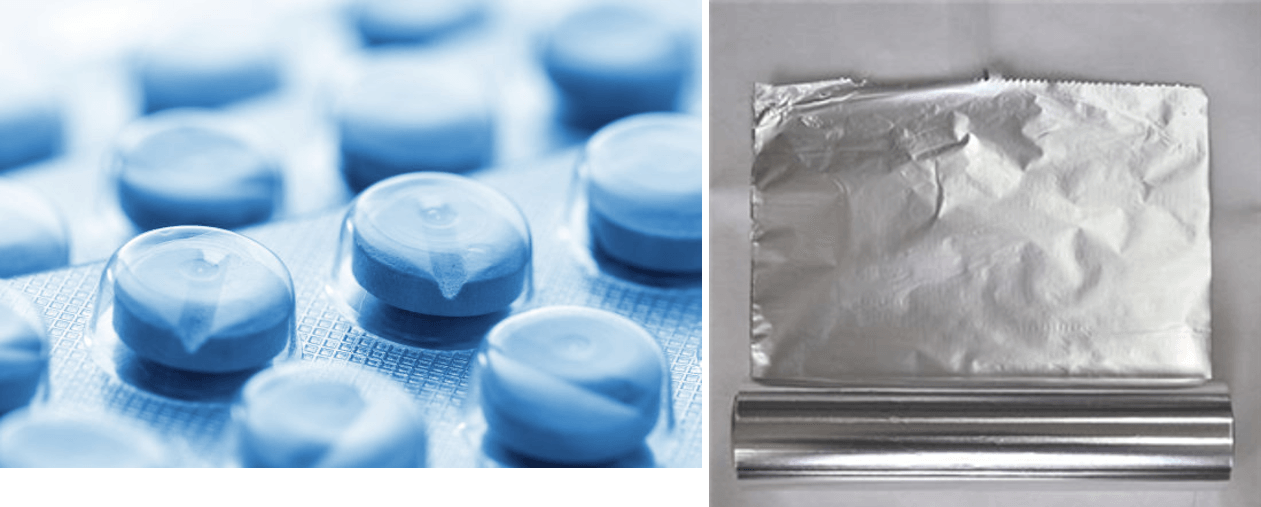
In a world where first impressions matter, the need to seal laminates effectively has become increasingly vital. Whether it’s for packaging products, preserving artwork, or enhancing the durability of everyday items, heat sealing plays a crucial role in ensuring that our possessions remain intact and visually appealing. Understanding the nuances of this process can help individuals and businesses alike make informed choices about their materials and methods.
Understanding the Need for Heat Sealing
Heat sealing is not just a technical term thrown around in manufacturing circles; it’s an essential process that provides numerous benefits across various industries. By utilizing heat to bond layers together, we can create a protective barrier that enhances the longevity of products while also improving their functionality. As consumers demand higher quality and more sustainable options, understanding how to seal laminates effectively becomes paramount.
The Role of Laminates in Everyday Life
Laminates are everywhere—from your favorite snack packaging to decorative surfaces in your home; they serve both practical and aesthetic purposes. Designed to provide strength and protection, laminates safeguard against moisture, dirt, and wear while adding visual flair to any product. With such versatility in applications, it's no wonder that heat sealing has become integral to the production process of these materials.
An Overview of Heat Sealing Benefits
The Benefits of Heat Sealing Laminates are manifold; they include enhanced durability, improved aesthetics, and cost-effectiveness over time. By employing techniques like RF sealing vs. traditional heat sealing methods, manufacturers can choose the best approach for their specific needs while ensuring quality outcomes. When selecting a method or partner for this critical task, it's essential to weigh options carefully—after all, choosing your heat sealing partner can make all the difference in achieving optimal results.
The Benefits of Heat Sealing Laminates
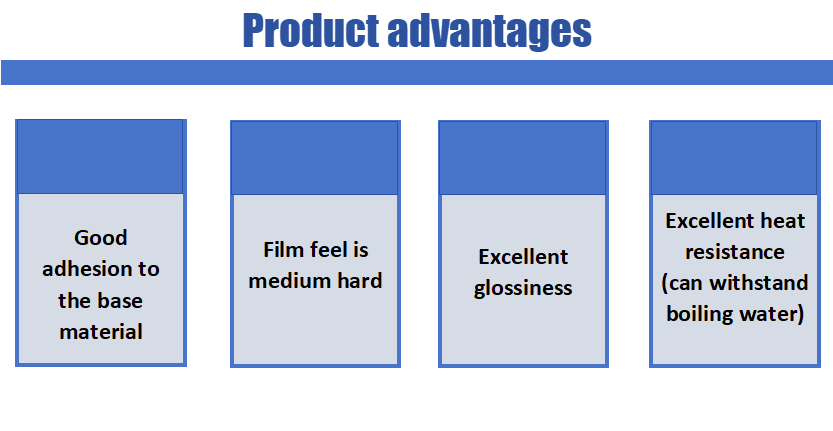
This process not only fortifies items against wear and tear but also elevates their overall appearance. In an age where consumers are increasingly discerning, understanding the benefits of heat sealing laminates can set your offerings apart from the competition.
Enhanced Durability and Protection
One of the most compelling reasons to seal laminates is the enhanced durability it provides. Heat sealing creates a robust bond that shields items from moisture, dirt, and physical damage—essentially giving them a protective armor. Whether it's packaging for food products or covers for important documents, this added layer of protection ensures that your items withstand daily challenges.
Moreover, when comparing RF sealing vs. traditional heat sealing, durability often takes center stage as a deciding factor. While both methods have their merits, traditional heat sealing tends to create a more resilient bond for many applications. As such, businesses looking to improve product longevity should consider how effectively they can seal laminates using these techniques.
Improved Aesthetic Appeal
In today’s market, visual appeal can make or break a sale; this is where heat sealing laminates shine brightly! The smooth finish achieved through effective heat sealing enhances not just the look but also the feel of products—making them more enticing to consumers. With vibrant colors and glossy surfaces that catch the eye, sealed laminate products often stand out on crowded shelves.
Additionally, improved aesthetic appeal doesn't just attract customers; it also adds perceived value to your offerings. When you choose to seal laminates with care and precision, you're essentially branding your product as premium quality—even if it's not priced accordingly! This perception can lead to increased customer loyalty and repeat business over time.
Cost-Effectiveness in the Long Run
While there may be an upfront investment in equipment or materials for heat sealing laminates, the long-term cost-effectiveness cannot be overstated. By significantly reducing waste due to damaged products or returns from unsatisfactory quality, businesses save money in ways they might not initially anticipate. Plus, with better durability comes fewer replacements—allowing companies to allocate funds elsewhere for growth.
Understanding the Process of Heat Sealing
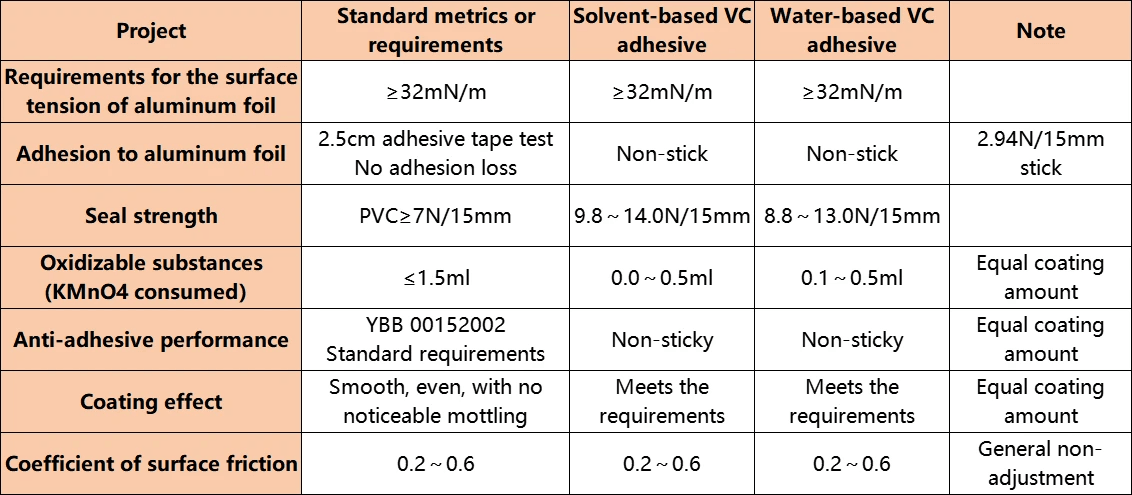
Heat sealing is a fascinating process that combines science and art to create strong, durable bonds between materials, particularly in laminates. By applying both heat and pressure, this method effectively melts the thermoplastic layers of the materials involved, allowing them to fuse together upon cooling. This simple yet powerful technique is essential for various applications, including packaging, automotive interiors, and consumer products.
How Heat Sealing Works
At its core, heat sealing works by utilizing thermal energy to soften or melt the edges of two or more laminate layers. When heat is applied through specialized equipment, it raises the temperature of the thermoplastic material until it becomes pliable. Once enough pressure is applied during this phase, the softened materials bond together as they cool down—creating an airtight seal that enhances durability and protects contents from external elements.
The Benefits of Heat Sealing Laminates extend beyond mere functionality; they also contribute to aesthetic appeal by providing a smooth finish without unsightly seams or adhesives visible on the surface. This seamless look can be crucial in industries where presentation matters significantly—such as food packaging or retail displays—making heat sealing an attractive option for manufacturers aiming for high-quality products.
Different Heat Sealing Techniques
There are several techniques employed in heat sealing that cater to different requirements and applications. The most common methods include direct heat sealing, impulse sealing, and RF (radio frequency) sealing—a topic often compared with traditional methods when discussing RF Sealing vs. Traditional Heat Sealing. Each technique has its own advantages based on factors like material type, thickness, and production speed.
Direct heat sealing involves applying constant heat directly to both surfaces being bonded; this method is effective but may require careful monitoring to avoid overheating. Impulse sealing uses short bursts of energy that only activate when needed; this can be more energy-efficient while still providing strong seals for laminates. Meanwhile, RF sealing utilizes electromagnetic fields to generate heat internally within specific materials—ideal for certain plastics but less versatile than traditional approaches.
Key Equipment Used in Heat Sealing
To successfully seal laminates using these techniques requires specialized equipment designed for efficiency and precision. Common tools include hand-held sealers for smaller jobs and automated machines capable of handling large volumes in industrial settings—ensuring consistent quality across batches while maximizing productivity.
When choosing your heat sealing partner or supplier, it’s essential to consider their equipment capabilities as well as their expertise in different techniques like RF vs Traditional Heat Sealing methods mentioned earlier. High-quality machinery not only guarantees better results but also contributes significantly to cost-effectiveness over time by reducing waste due to improper seals or damaged products during production runs.
RF Sealing vs. Traditional Heat Sealing
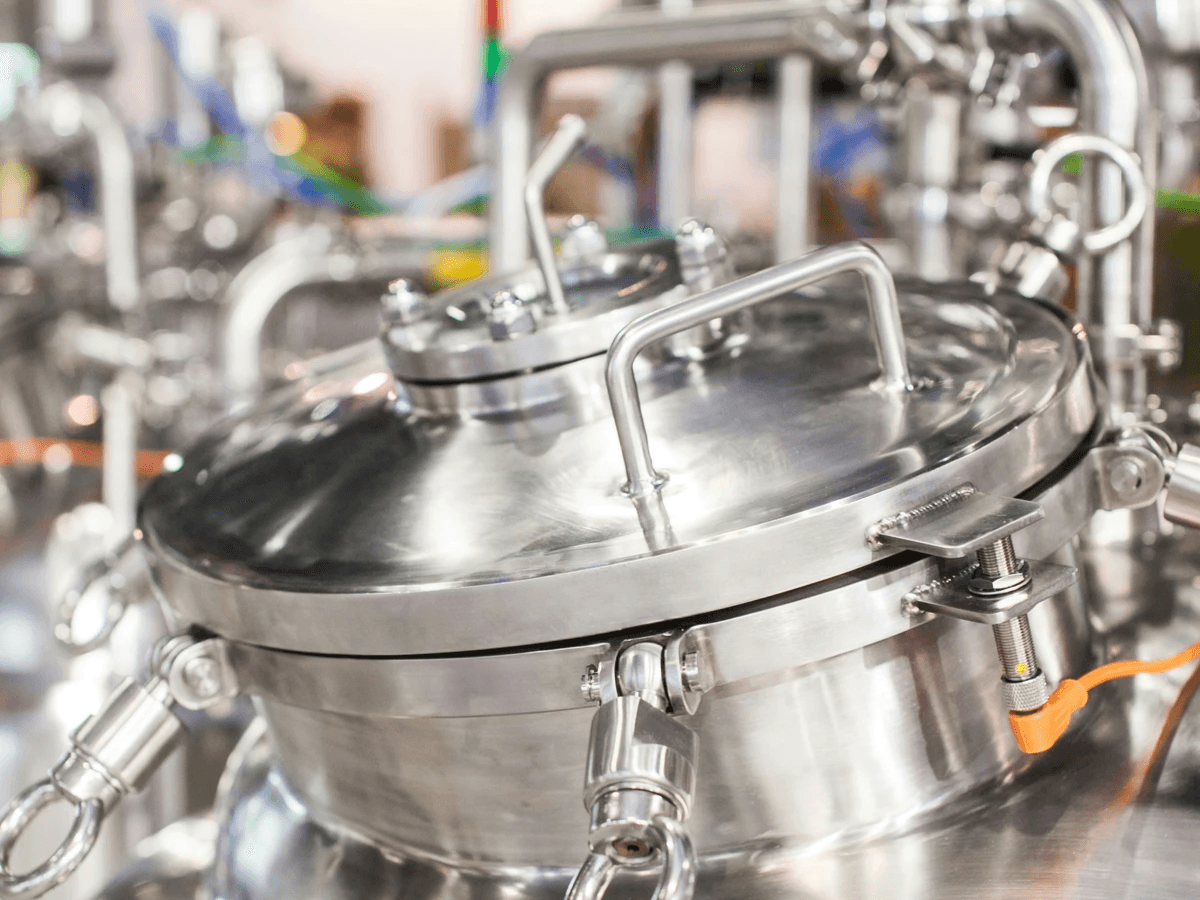
Each method has its own unique characteristics and applications, making it crucial to understand the differences when deciding which technique best suits your needs. This section will delve into what RF sealing is, the advantages of traditional heat sealing, and how to choose the right sealing method for your project.
What is RF Sealing?
RF sealing, or radio frequency sealing, utilizes electromagnetic energy to create a bond between materials, particularly thermoplastic films. This method generates heat internally within the materials being sealed, allowing for a strong and consistent seal without direct contact with heating elements. RF sealing is particularly effective for certain types of laminates and can be advantageous in applications where precision and speed are essential.
Advantages of Traditional Heat Sealing
Traditional heat sealing remains one of the most widely used methods for seal laminates due to its simplicity and effectiveness. One of the primary benefits is its ability to create strong seals across various materials, ensuring durability and protection for products like packaging or displays. Additionally, traditional heat sealing tends to be more cost-effective in terms of equipment investment and operational costs when compared to more advanced techniques like RF sealing.
Choosing the Right Sealing Method
When it comes to choosing between RF sealing vs. traditional heat sealing, several factors should be considered based on your specific application needs. Evaluate aspects such as material compatibility, production volume, cost constraints, and desired seal strength before making a decision. Ultimately, understanding these factors will help you in selecting your heat sealing partner wisely—ensuring that you achieve optimal results while maximizing efficiency in your laminate projects.
The Environmental Advantage: Water-Based Resin
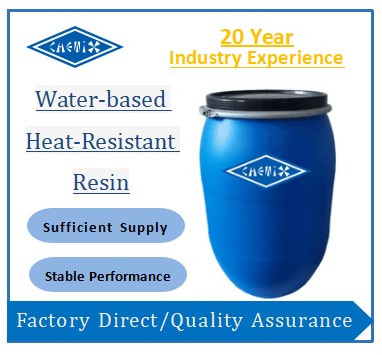
In the quest for sustainable packaging solutions, Chemix's water-based resin solution stands out as a game-changer. This innovative approach to sealing laminates not only prioritizes environmental health but also enhances the overall performance of laminated products. By utilizing water-based resins, manufacturers can achieve high-quality seals while minimizing their ecological footprint.
Introduction to Chemix's Water-Based Resin Solution
Chemix's water-based resin solution is designed specifically for the heat sealing process, offering an eco-friendly alternative to traditional solvent-based adhesives. This resin formulation is free from harmful chemicals, making it safer for both users and the environment. As industries increasingly recognize the importance of sustainability, this solution provides a competitive edge in the market.
Benefits of Using Sustainable Materials
The benefits of using sustainable materials like Chemix's water-based resin extend far beyond just environmental impact; they also enhance product quality and consumer appeal. By opting for eco-friendly options, companies can improve their brand image and attract environmentally conscious consumers looking for responsible choices. Furthermore, these materials often exhibit excellent adhesion properties, ensuring that heat-sealed laminates maintain durability without compromising safety or aesthetics.
Applications in Heat Sealing and Laminates
Water-based resins have versatile applications in heat sealing and laminates, making them suitable for various industries such as food packaging, textiles, and electronics. Their ability to effectively seal laminates ensures that products remain protected from moisture and contaminants while maintaining an attractive appearance—essentially encapsulating The Benefits of Heat Sealing Laminates in one neat package! When considering RF Sealing vs. Traditional Heat Sealing methods, it's important to note that incorporating sustainable materials can significantly enhance product performance while aligning with modern environmental standards.
Choosing Your Heat Sealing Partner

You want someone who understands the nuances of various sealing methods, including RF sealing vs. traditional heat sealing, and how they apply to your specific needs. A good partner will not only help you seal laminates effectively but also ensure that you get the best value for your investment.
Factors to Consider in Selection
Choosing your heat sealing partner involves several key factors that can significantly impact your project’s success. First, assess their technical expertise and familiarity with different sealing methods, such as RF sealing vs. traditional heat sealing; this knowledge is crucial for achieving optimal results in laminate durability and aesthetics. Additionally, consider their production capabilities—can they handle large volumes without compromising quality?
Another important factor is their approach to sustainability; a partner that uses eco-friendly materials like water-based resins can enhance both your brand image and environmental footprint. Lastly, evaluate their flexibility in meeting deadlines and adapting to any changes you may require throughout the process of seal laminates.
Importance of Experience and Reputation
Experience matters when choosing your heat sealing partner; a seasoned company will have honed its skills over countless projects involving various types of laminates. Look for partners with a solid reputation in the industry—client testimonials and case studies can provide insight into how well they’ve handled past projects and challenges related to heat sealing laminates. A reputable partner not only brings technical know-how but also instills confidence that they will deliver on time and within budget.
Moreover, an experienced partner is likely to have established relationships with suppliers of high-quality materials and equipment necessary for effective laminate sealing processes. This network can be invaluable when you need quick access to resources or solutions during unexpected challenges.
Evaluating Service and Support
The level of service and support offered by your potential heat sealing partner should be a top priority during selection. Effective communication is essential; you want a team that listens to your needs regarding seal laminates while providing prompt feedback on any inquiries or concerns you may have about the process or techniques used like RF sealing vs. traditional heat sealing.
Additionally, inquire about after-sales support—will they assist with troubleshooting if issues arise post-project? A dedicated support team indicates a commitment not just to completing the job but also ensuring long-term satisfaction with their services.
Conclusion

In wrapping up our exploration of heat sealing, it’s clear that this process offers numerous advantages for those looking to seal laminates effectively. From enhanced durability to aesthetic appeal, the benefits of heat sealing laminates are hard to ignore. As we’ve discussed, understanding the various sealing methods available can significantly impact your choice in production techniques.
Key Takeaways on Heat Sealing
Heat sealing is a powerful method that not only provides a reliable way to seal laminates but also enhances their overall quality and longevity. The benefits of heat sealing laminates extend beyond mere functionality; they offer aesthetic improvements and cost-effectiveness over time. Whether you opt for RF sealing or traditional heat sealing, choosing the right method is crucial for achieving optimal results.
Understanding Different Sealing Methods
When it comes to sealing laminates, knowing your options can make all the difference. RF sealing vs. traditional heat sealing presents two distinct pathways, each with its own benefits and drawbacks. By understanding these methods, you can make informed decisions that align with your specific needs and project goals.
The Future of Laminates in Sustainability
As we look forward, the future of laminates is increasingly intertwined with sustainability initiatives and eco-friendly materials like water-based resins. Choosing your heat sealing partner wisely will play a significant role in navigating this evolving landscape while ensuring high-quality results. Embracing sustainable practices not only helps the environment but also positions businesses as leaders in innovation within their respective industries.
